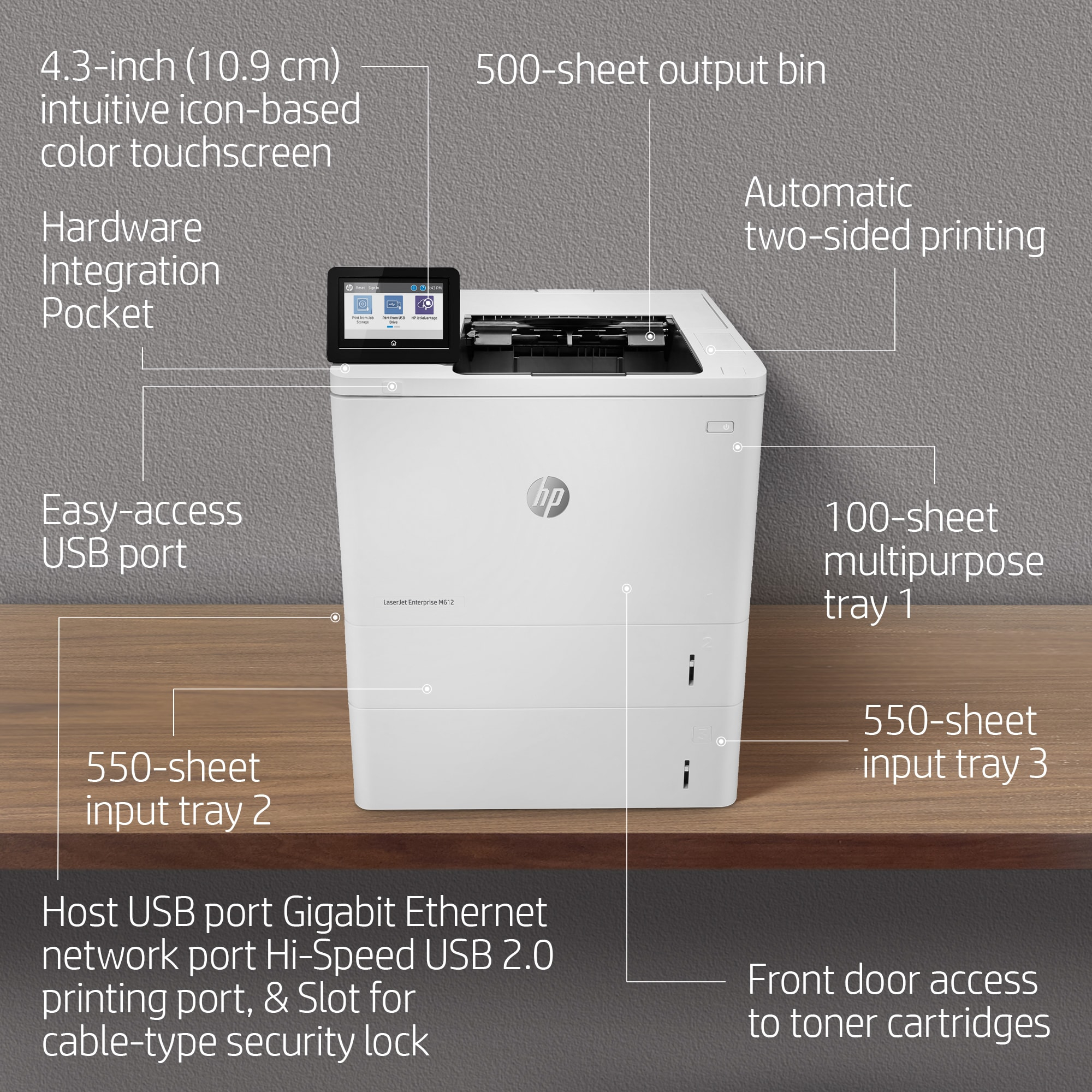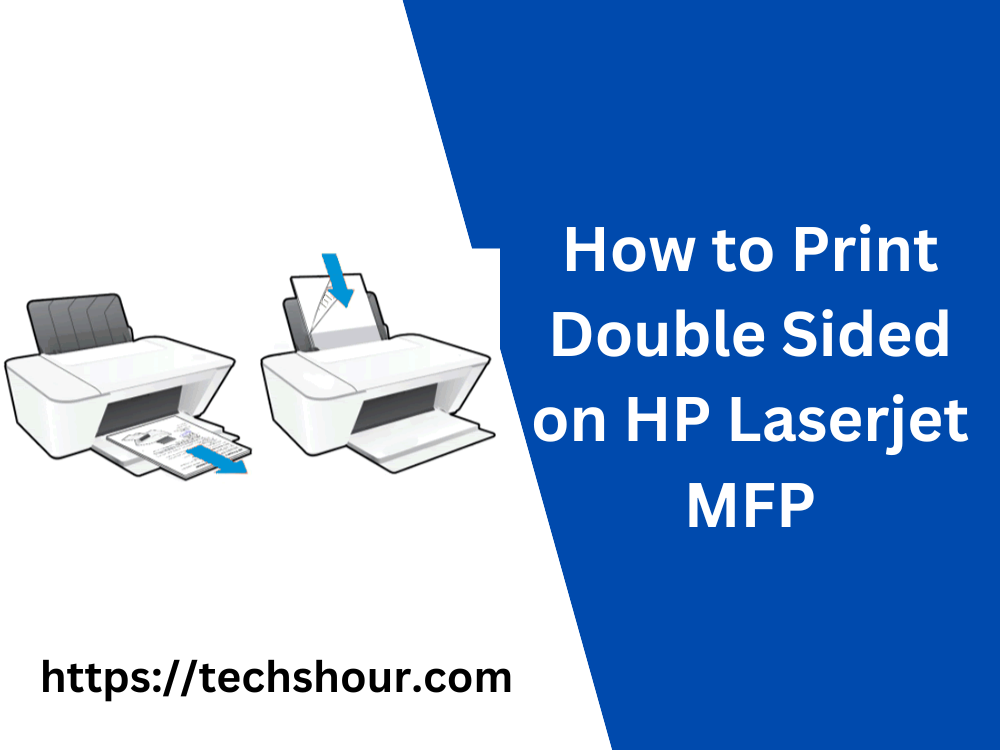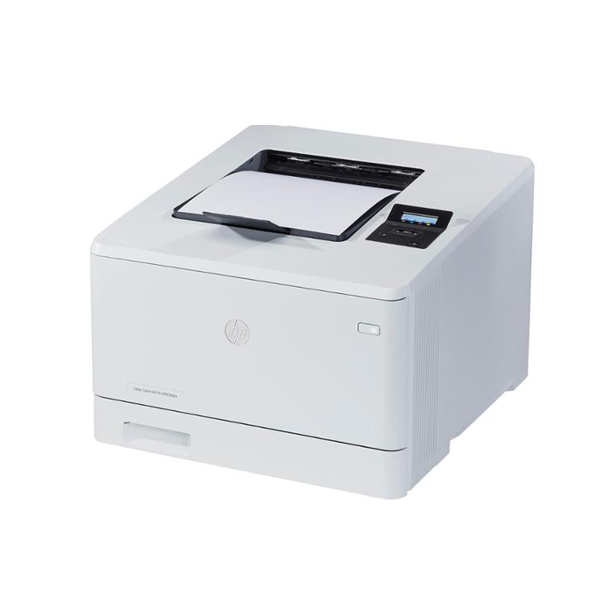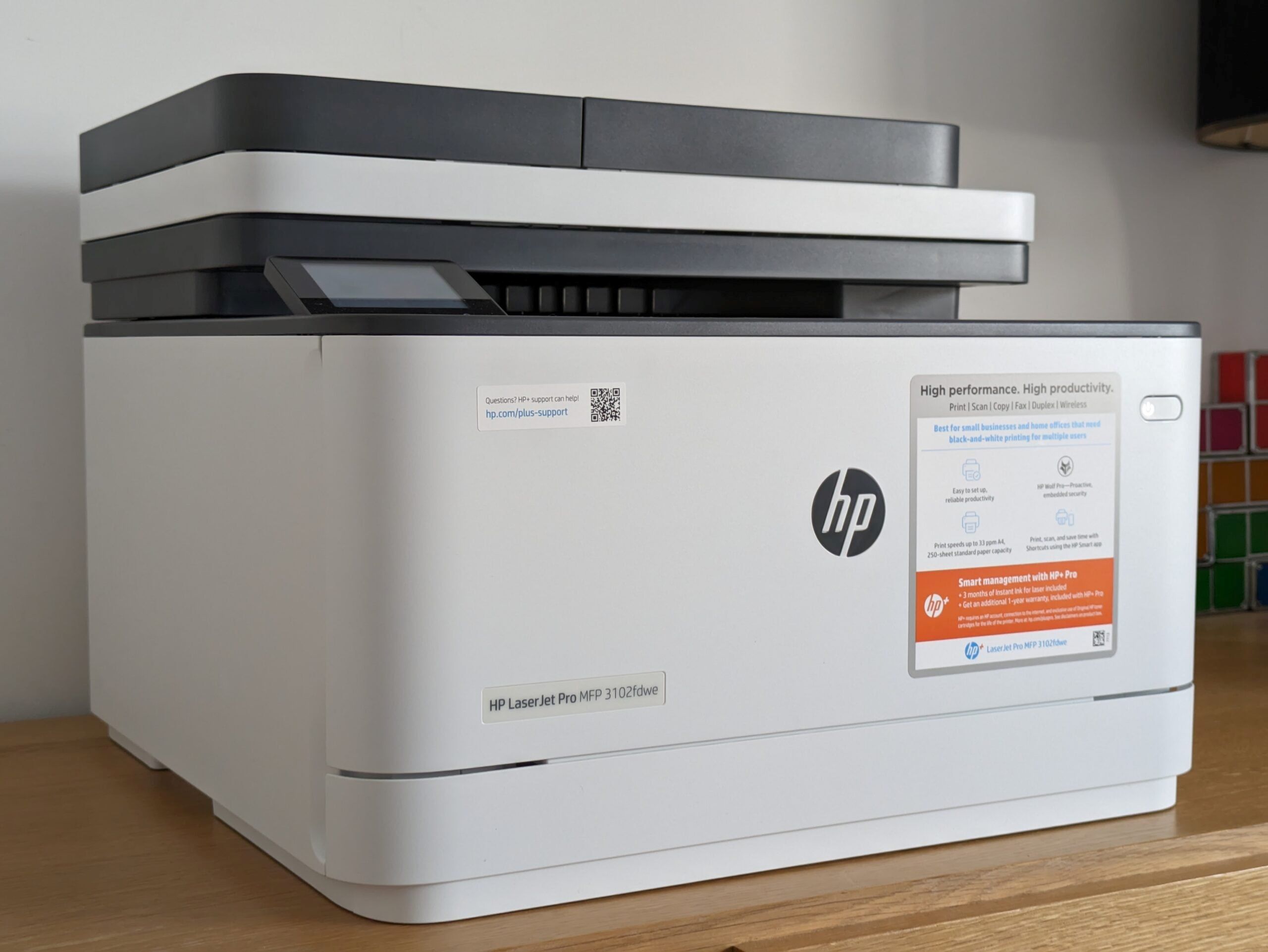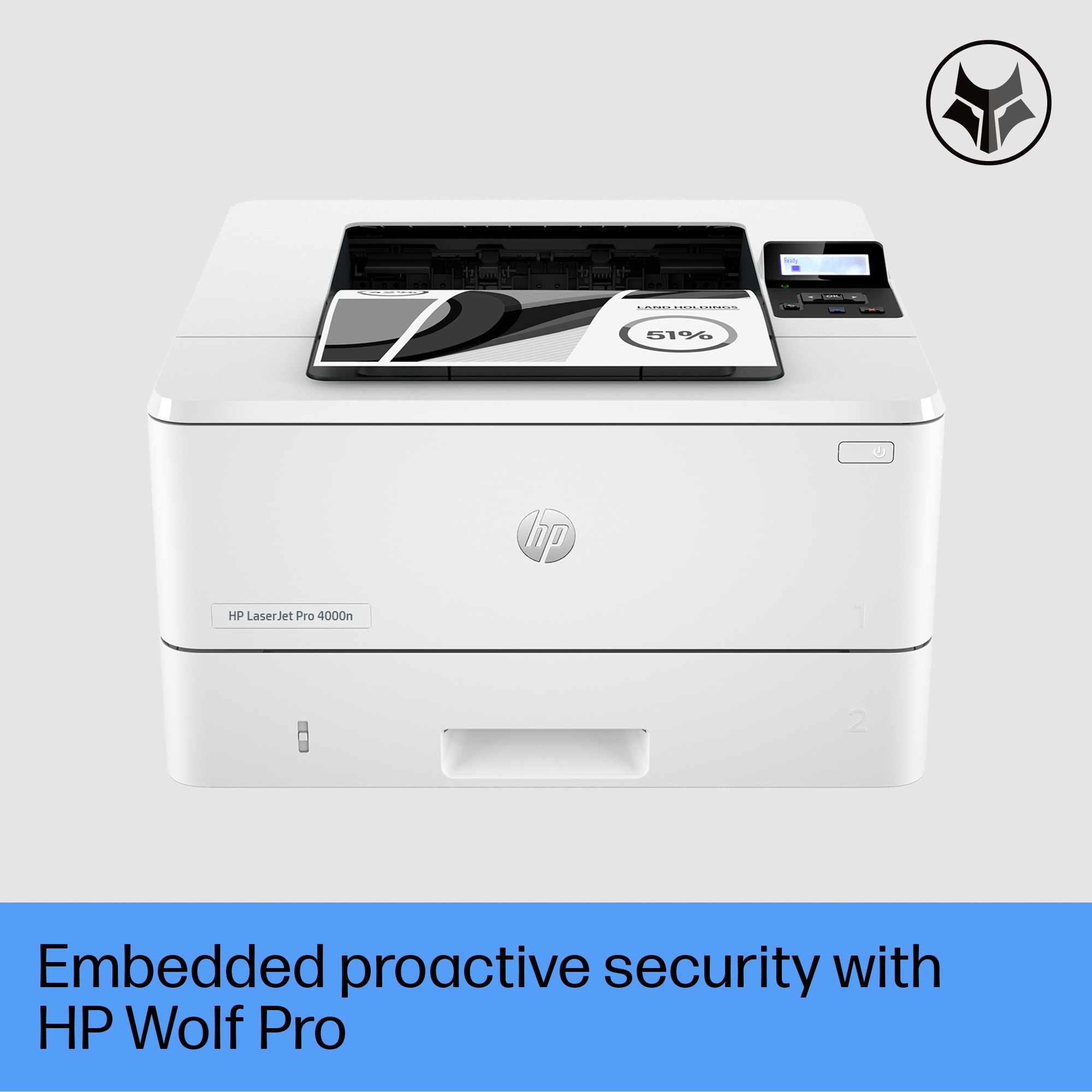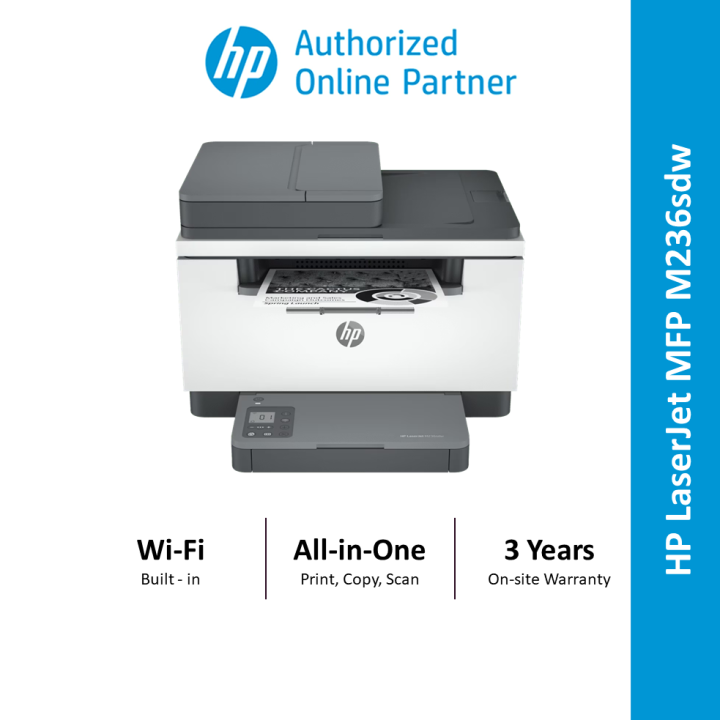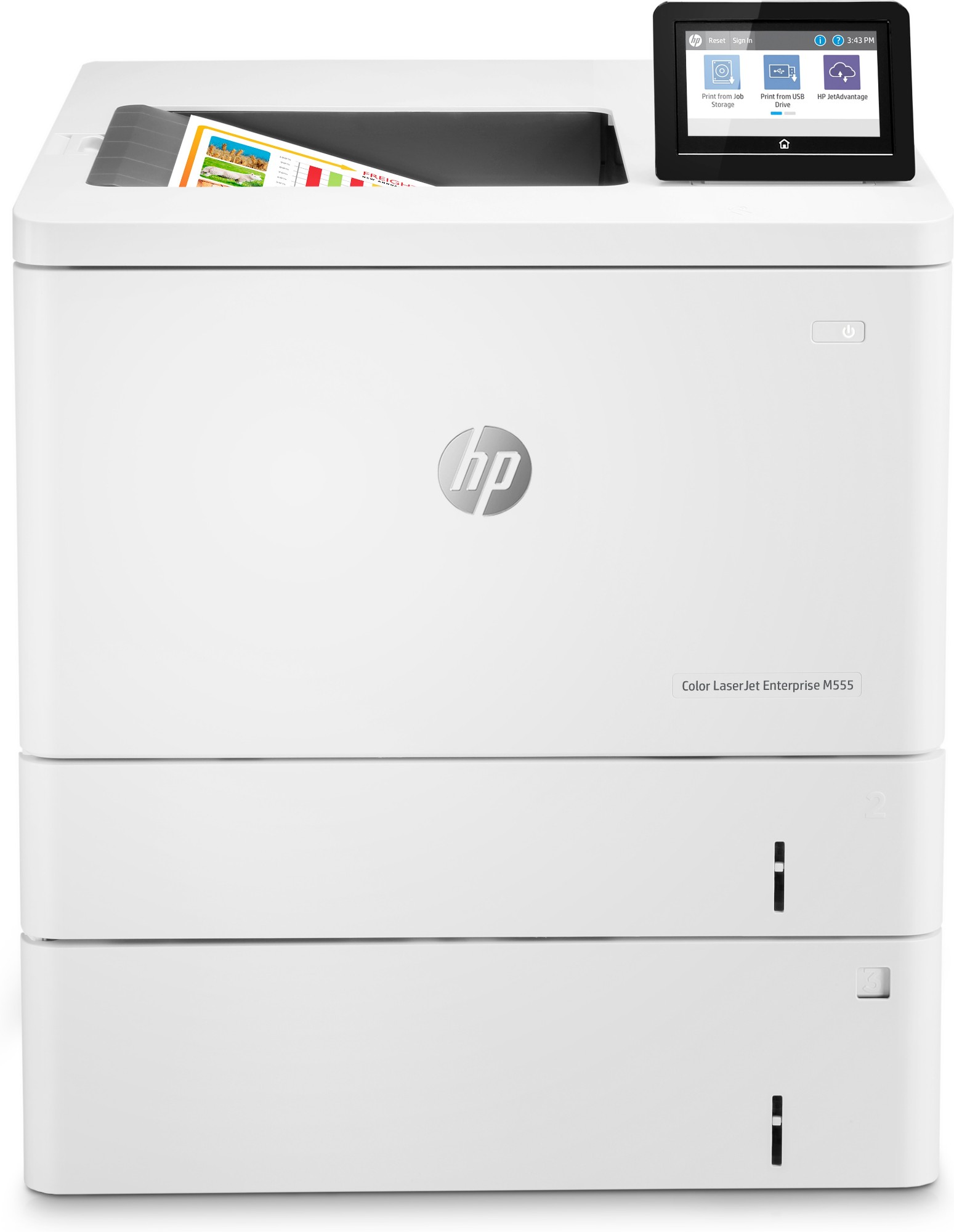Hp Laser Printer Double Sided Printing
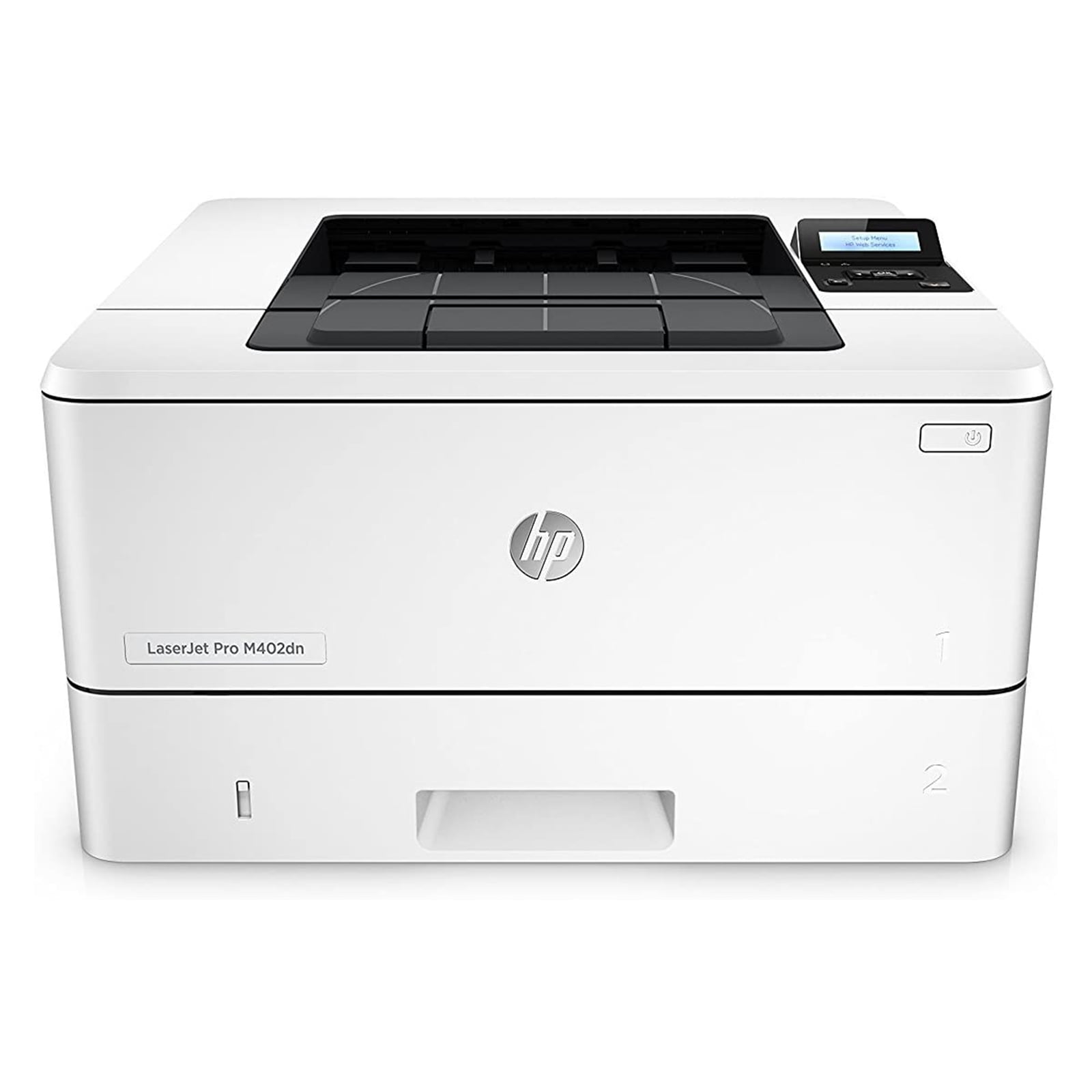
In an era defined by escalating environmental concerns and the ever-present need for cost-efficiency, the seemingly simple act of printing has come under increased scrutiny. HP laser printers, widely lauded for their speed and reliability, offer a double-sided printing feature that promises to significantly reduce paper consumption and operational costs. However, user experiences vary, and questions remain about the feature's true impact and usability in diverse settings.
This article delves into the nuances of HP laser printer double-sided (duplex) printing, examining its potential benefits, the challenges users face, and the perspectives of industry experts. We will explore the technology behind it, analyze its real-world impact on paper usage and costs, and consider future trends that may shape the evolution of this essential printing feature.
The Promise of Duplex Printing
Duplex printing, the ability to automatically print on both sides of a sheet of paper, has long been touted as an environmentally responsible and cost-effective solution. HP, a leading manufacturer of laser printers, has integrated this feature into many of its models, aiming to empower users to reduce their environmental footprint. This integration also targets reduced paper expenses.
The benefits are multifaceted. Reduced paper consumption directly translates to lower purchasing costs for businesses and individuals. Furthermore, using less paper contributes to forest conservation and reduces the energy and water required for paper production.
How HP's Duplex Printing Works
HP's duplex printing technology utilizes a sophisticated paper path within the printer. After printing one side of the paper, the printer automatically redirects the sheet back through the mechanism to print on the reverse side. This process is usually seamless and relatively fast, depending on the printer model and the complexity of the document.
Some models offer automatic duplex printing, while others require manual intervention, where the user must manually flip the paper and re-insert it into the printer. Automatic duplex printing is generally more convenient and efficient, especially for large documents.
User Experiences and Challenges
While the theory behind duplex printing is sound, user experiences can be mixed. Some users report flawless performance, enjoying significant paper savings without any issues.
However, others encounter problems such as paper jams, misaligned prints, or difficulties with certain paper types. Paper jams are a recurring complaint, particularly with older or less sophisticated models. Additionally, the quality of duplex printing can sometimes be lower than single-sided printing, with potential issues like ghosting or bleed-through, especially when using thinner paper.
A survey conducted by Print Industry Analysts found that while 85% of HP laser printer owners were aware of the duplex printing feature, only 60% used it regularly. The primary reasons cited for not using it were concerns about paper jams and the perceived inconvenience of adjusting printer settings.
The Environmental and Economic Impact
Despite the challenges, the potential environmental benefits of duplex printing are undeniable. According to the Environmental Protection Agency (EPA), reducing paper consumption is a critical step towards mitigating climate change and conserving natural resources. By printing on both sides of the paper, individuals and businesses can significantly reduce their carbon footprint.
The economic advantages are equally compelling. A study by Xerox (a competitor in the printer market) found that businesses can save up to 15% on their annual paper costs by implementing duplex printing policies. This can translate to substantial savings, especially for organizations with high printing volumes. Many organizations are now adopting Print Management Software that actively tracks and promotes duplex printing.
Looking Ahead
The future of duplex printing in HP laser printers appears promising. Technological advancements are addressing the challenges that users have faced in the past. Newer models incorporate improved paper handling mechanisms and more sophisticated software, reducing the risk of paper jams and enhancing print quality.
Furthermore, HP is increasingly focusing on sustainability and energy efficiency in its product design. This commitment is likely to lead to even more user-friendly and reliable duplex printing solutions. Integration with cloud-based services and mobile devices is also expected to play a larger role, making duplex printing more accessible and convenient for a wider range of users.
Ultimately, the success of duplex printing hinges on user adoption and awareness. By educating users about the benefits and addressing their concerns, HP can help to drive broader acceptance of this valuable feature, contributing to a more sustainable and cost-effective printing ecosystem. The continued refinement of the technology will solidify duplex printing as a core element of responsible resource management within offices and homes alike.

